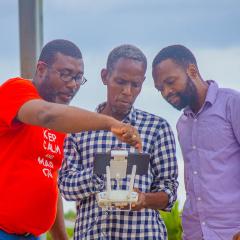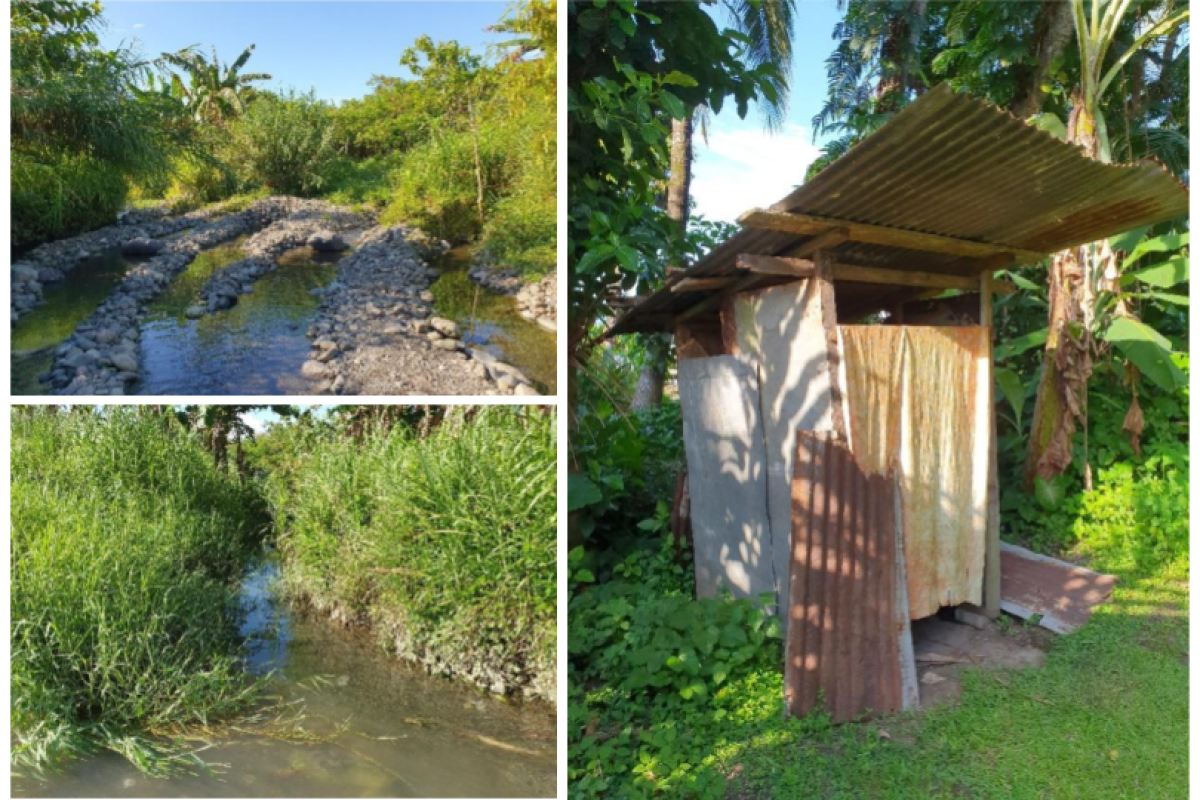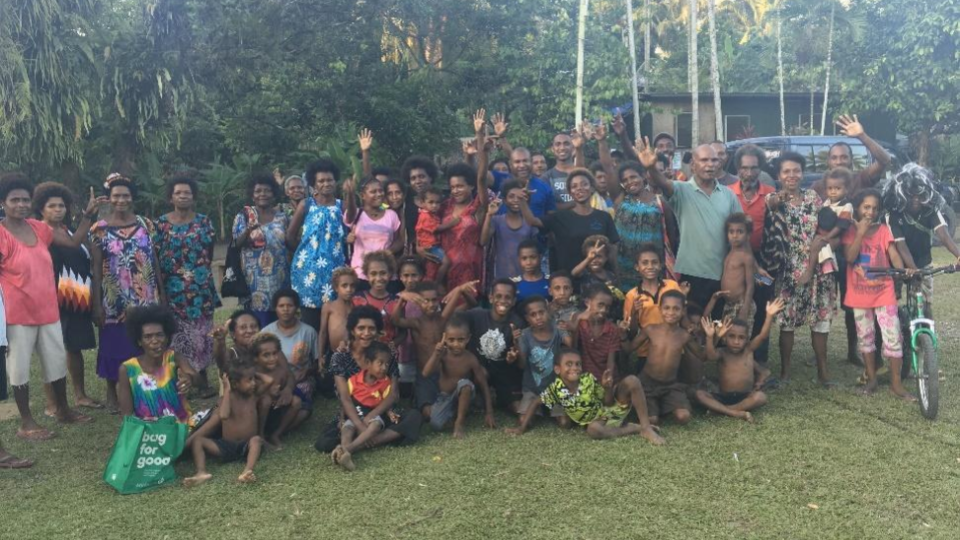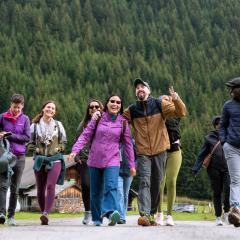
Using Drones to Improve Water and Sanitation in Papua New Guinea
January 28th, 2020

By Mclaren Hoping, Unusual Solutions Finalist
The use of proper sanitation facilities and access to clean water supply has always been a concern to suburban communities located in the outskirts of some of Papua New Guinea's (PNG's) major cities. Despite the efforts of NGOs like World Vision, the overall status of government intervention is rare due to the lack of awareness and the availability of household information concerning such issues that could effectively contribute to their eradication process.
With an approximate population of 3,000, the area of interest, Ward 2 of Ahi Local Level Government, is located along the banks of Bumbu River and just outside the city of Lae—the industrial hub of PNG. Inhabited by households of both natives and settlers, most are still exposed to the use of inadequate sanitation facilities and practices, while others face water problems. Both issues pose a serious concern to their general health and wellbeing of the residents. Therefore, we aim to develop a platform that raises this concern and facilitates improvements by identifying and mapping the problem sites.
As a resident to the targeted area for over 20 years, I have observed the people's continuous use of makeshift pit toilets, bushes, and even the river for sanitation purposes. Such practices are all hindrances to health standards and a downside to the community's image. For a town near a city that is ever-changing, standalone flush latrines are a better option for individual households.
The main reason this problem persists is due to the lack of information and the availability of suitable instruments that could support and build effective strategies in tackling it. If the issue remains, the implications include:
- The spread of fatal diseases related to the use of pit toilets affecting human lives—diarrhea, typhoid, and food poisoning (food handling with unclean hands after exposure to germs);
- Environmental pollution caused to bushes, animal/plant lives, etc., as uncovered human feces are left exposed;
- Air pollution caused by foul smells emitting from pit toilets, which are usually left open without proper seat covers and doors; and
- Water pollution caused by the use of the river as a means of sanitation—a health hazard to people living downstream.
As a solution, utilizing a team of dedicated locals, we are currently implementing a four (4) stage project to identify which households face this problem through a survey and then mapping via drones. Our project stages are as follows:
- Stage 1: Preparation & Awareness
- Stage 2: Pre-mapping
- Stage 3: Household Survey
- Stage 4: Post Mapping
Now with the project proceeding Stage 3, the results from the two previous stages were successful.
The feedback from the Preparation & Awareness stage concerning its introduction to stakeholders was overwhelming. Paula Jeffery, a representative for residents living along the banks of the polluted Bumbu River, said, "We have been running to dugout waterholes along Bumbu for washing, doing laundry, cooking and drinking. This has always been the cry for us mothers. For sanitation, we rely on Bumbu. Sometimes we hide in its bushes for cover during the day. We are thankful for this work, as this is an answer to our prayers. We will work together with the team to see great results."
"We have been running to dugout waterholes along Bumbu for washing, doing laundry, cooking, and drinking. For sanitation, we rely on Bumbu... We are thankful for this work, as this is an answer to our prayers."
Finally, while working towards establishing a partnership with a potential WASH organization to help drive improvements, we are looking forward to proposing a cost-effective flush latrine model suitable for individual households by talking with our local plumbers and carpenters. Upon receiving feedback from the awareness, we are also looking forward to expanding the scope of the household survey to include information related to the access to other essential services such as the city's main water and electricity supply.

This project is all about making a difference in the community. Utilizing local skillset and capabilities of drones in mapping, we are focused on developing information systems and models that could directly assist in monitoring and addressing the common household problems affecting people in the area. For more updates, follow me on Facebook or LinkedIn.
Recent Articles

